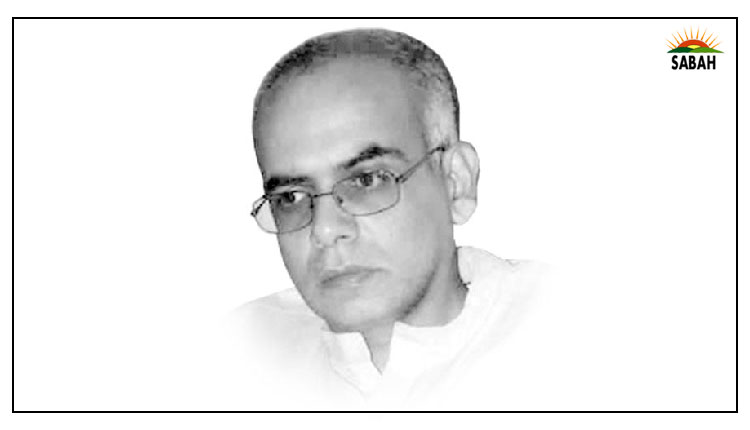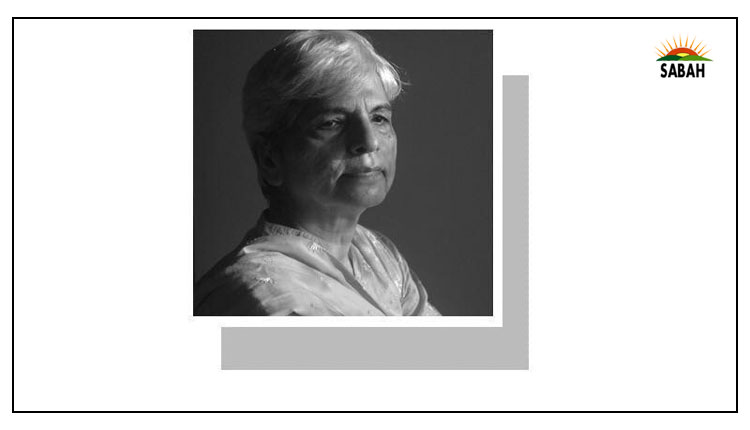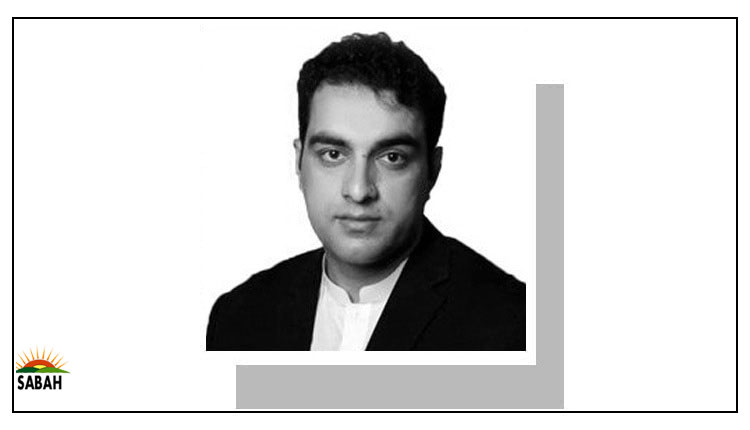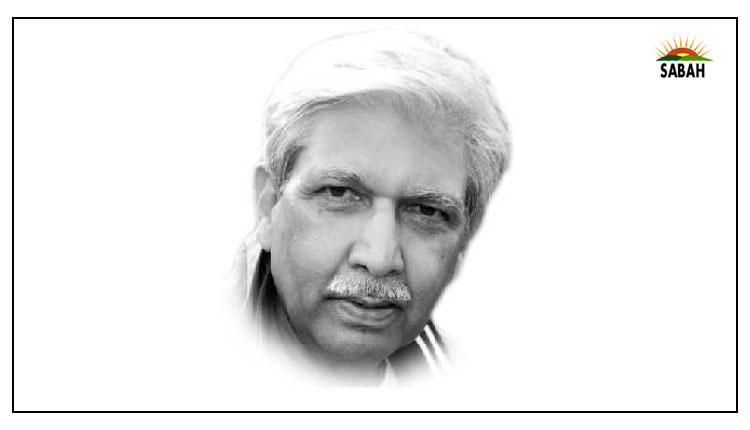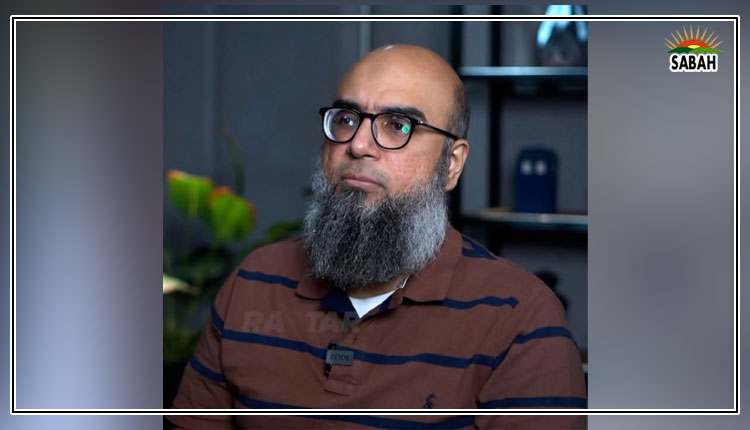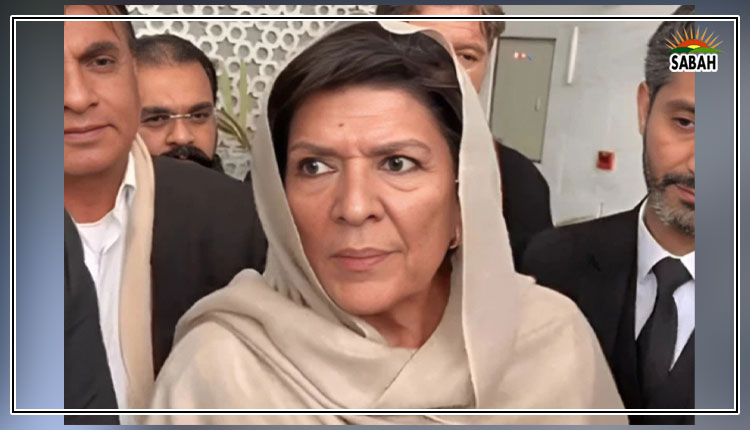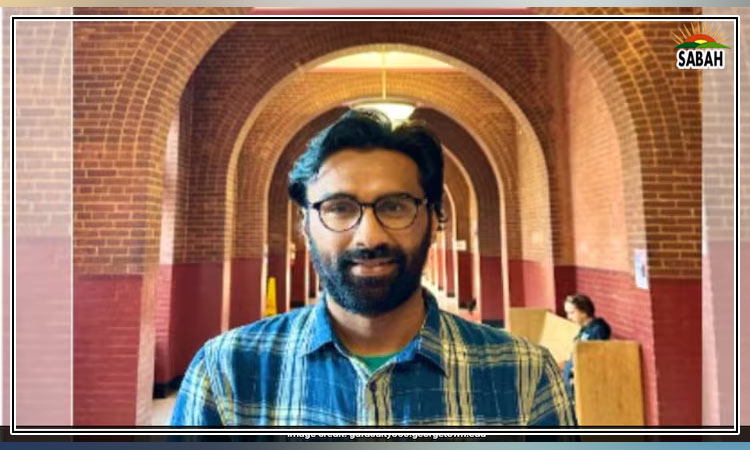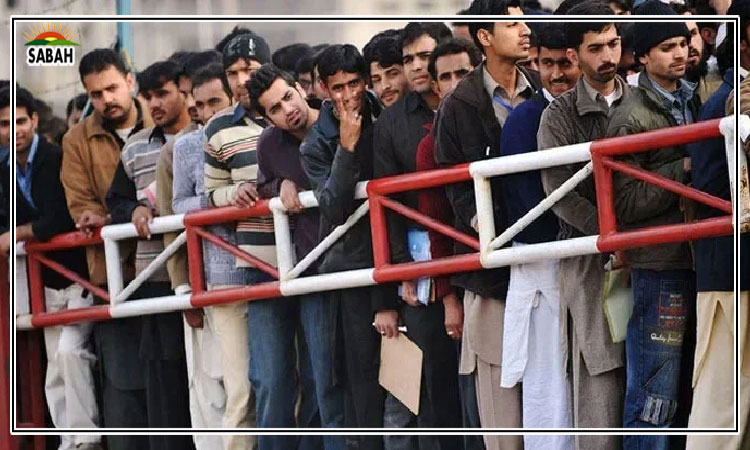Quotas may not be the perfect answer …..Hussain H Zaidi
Recent weeks have seen grave unrest in Bangladesh, with students going on a rampage against quota allocation for government jobs. Since 1972, Bangladesh has filled positions in civil services based on quotas allocated to different groups.
In recent years, 56 per cent of government jobs were allocated on a quota basis: 30 per cent to the descendants of the veterans of the war that led to the creation of Bangladesh, 10 per cent each to women and backward districts, 5.0 per cent to ethnic minorities, and 1.0 per cent to the disabled.
Responding to the public outcry, in 2018, the ruling Awami League, which is also the country’s founding party, quashed the quota system and decided to fill all positions on a merit basis. However, in June the decision was shot down by the high court, prompting students to take to protests and clash with law-enforcement agencies. The face-off claimed more than 150 lives.
The protesters alleged that Prime Minister Sheikh Hasina Wajid was playing a double game. On the one hand, she scrapped the quota system; but on the other, she would publicly praise the allocation of vacancies to the families of the Bangladesh movement veterans. To cool matters down, the country’s apex court has slashed the quotas to 7.0 per cent including 5.0 per cent for the children of war veterans.
Pakistan still makes 92.5 per cent of the appointments in the civil service on the basis of regional quotas. Fifty per cent of the vacancies are reserved for Punjab, the largest province, including the federal area of Islamabad. The share of Sindh is 19 per cent, which is subdivided into urban – including Karachi, Hyderabad, and Sukkur – and rural – comprising the rest of the province – areas with shares of 7.6 per cent and 11.4 per cent respectively.
Khyber Pakhtunkhwa (KP)’s share in federal jobs is 11.5 per cent, while that of Balochistan is 6.0 per cent. The erstwhile Federally Administered Tribal Areas (Fata), which were merged with KP in 2018, have been allocated a 3.0 per cent quota for 10 years, while the share of Gilgit-Baltistan and Azad Jammu & Kashmir in federal jobs is 1.0 per cent, and 2.0 per cent respectively. The 10 per cent seats reserved for women are also calculated from the quota of the province or region concerned.
Job quotas run counter to the principle of equal treatment of citizens. Article 27 (1) of the constitution provides that: “No citizen otherwise qualified for appointment in the service of Pakistan shall be discriminated against in respect of any such appointment on the ground only of race, religion, caste, sex, residence or place of birth.” However, the same article creates an exception by allowing the government to reserve posts ‘for persons belonging to any class or area to secure their adequate representation in the service of Pakistan.’
The quota system is a form of affirmative action by the state, whereby the government seeks to ensure adequate representation of the people who otherwise are at a disadvantage, in public-sector education and jobs. The basis of affirmative action may be religion or region, ethnicity or gender. The basic idea is that without preferential treatment the people in a disadvantageous position may not be able to compete with the rest of society and therefore may be pushed further down the social ladder.
The quota system is subject to the familiar efficiency-equity tradeoff. Job quotas make for an inefficient outcome; less qualified or competent people may be recruited at the expense of those possessing the necessary qualifications or competence. The principle of economic efficiency, on the contrary, dictates that scarce resources – in this case, public-sector jobs – are optimally utilized.
Efficiency, however, is only one part of the equation; the other end is equity. That’s why ensuring efficiency is normally not, and shouldn’t be, the only purpose of government policies. The government, particularly in the case of a multiethnic polity, also needs to make for equitable development across regions and communities and make sure that broadly all sections of society have an adequate share in the exercise of power. Failure to do so may beget an acute sense of deprivation among marginalized communities, which is dangerous socially and politically.
In India, job quotas are reserved for ‘Scheduled Castes’, ‘Scheduled Tribes’ and ‘Other Backward Classes’ for appointments in the union (central) government. The membership of these three classes is drawn from all the major religions of India. There is, however, no quota system for union (central) government jobs on a regional basis.
Coming back to Pakistan, the avowed purpose of the quota system is to ensure that all the regions have adequate representation in the civil service of Pakistan. Since regions vary in their level of development and education opportunities and standards, it’s feared that appointments made purely on the basis of merit may result in the exclusion of some regions from the federal services. Job quotas are thus deemed an effective instrument of redressing the disadvantageous position of comparatively backward regions.
The quota system however is open to criticism on more than one account: If the job quotas are meant to redress regional imbalances in terms of development and education opportunities, the present system, which is based on provincial representation, is not the right solution. Within each province, different levels of development and job and academic opportunities can be seen. Not all the regions of Punjab are equally developed; nor are all the regions of Balochistan, KP or Sindh equally backward.
Take, for instance, the DG Khan Division. Located in southern Punjab, it’s among Pakistan’s least developed regions. But for entry into the civil service, candidates from DG Khan don’t get preferential treatment and have to openly compete with those residing in such thriving divisions as Lahore, Rawalpindi and Faisalabad. On the other hand, job seekers hailing from Quetta and Peshawar, both provincial capitals, have the benefit of drawing upon the share of Balochistan and KP respectively at the expense of their competitors domiciled in less developed regions of their respective provinces.
In many cases, candidates for the prestigious Central Superior Services (CSS) examination who claim domicile from some specific provinces are graduates from such elite institutions as the Government College, Lahore or the Aitchison College, which means that they had access to the best possible education opportunities that the country offers. But they use the domicile of a ‘backward’ province or region and are entitled to positive discrimination for government jobs.
Thus, the provincial distribution of the quota system is essentially flawed and self-defeating. Instead, posts may be reserved only for backward regions in a province, not for the entire province. There is no point in treating Lahore and Layyah, Islamabad and Sadiqabad, Peshawar and Lakki Marwat, Quetta and Lasbela on the same footing. The term ‘backward’ also needs to be defined based on quantifiable criteria.
The proposed reform of the job quota doesn’t mean that the arrangement itself offers a durable solution to backwardness. In fact, the job quota may be compared to an income support programme. Income support at best provides a respite to the recipient and in no way can it constitute an instrument of poverty alleviation.
By the same token, while job quotas may promote the representation of backward regions in the government, they can’t help overcome underdevelopment. For this, heavy investment in the concerned regions, particularly in health, education and infrastructure, needs to be made. In a word, job quotas don’t represent a credible solution to the problems of the backward regions.
The writer is an Islamabad-based columnist. He tweets/posts @hussainhzaidi and can be reached at: hussainhzaidi@gmail.com
Courtesy The News


